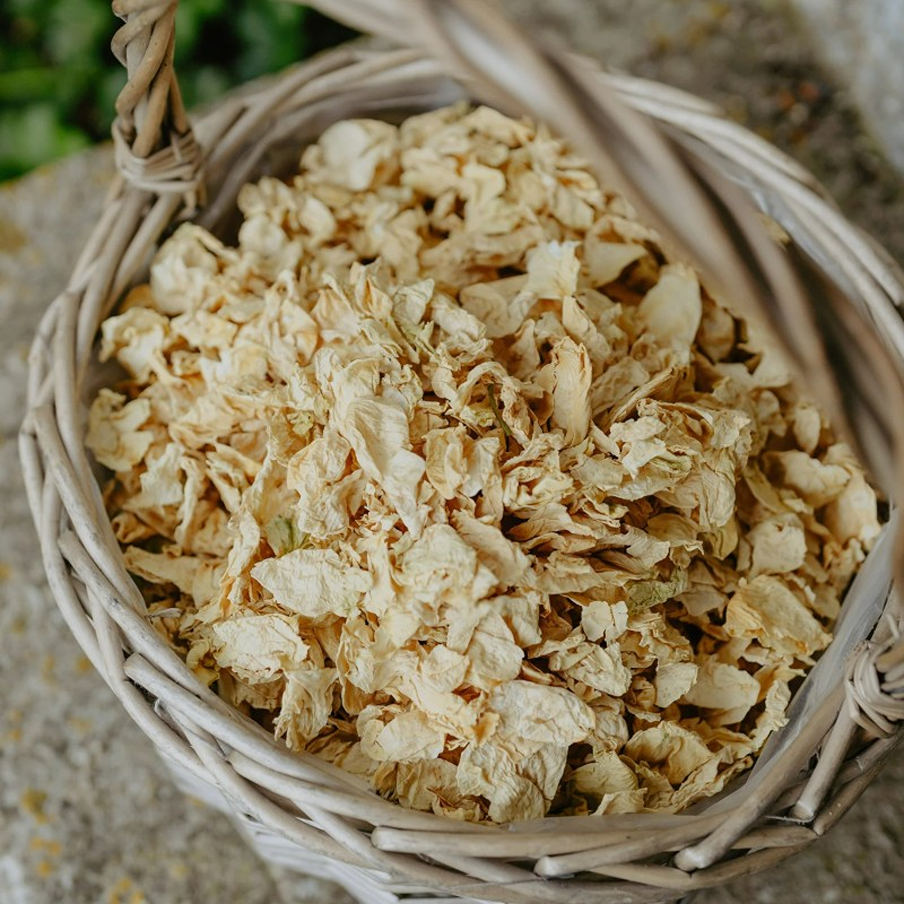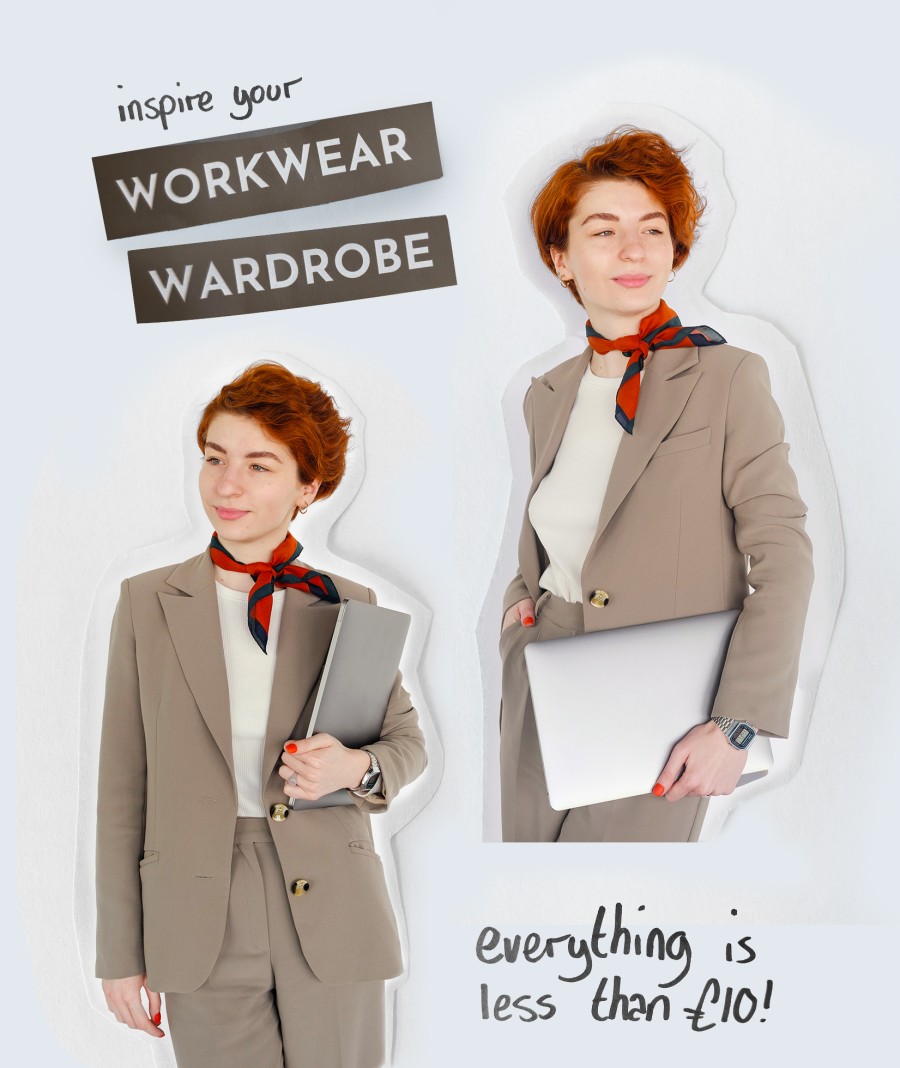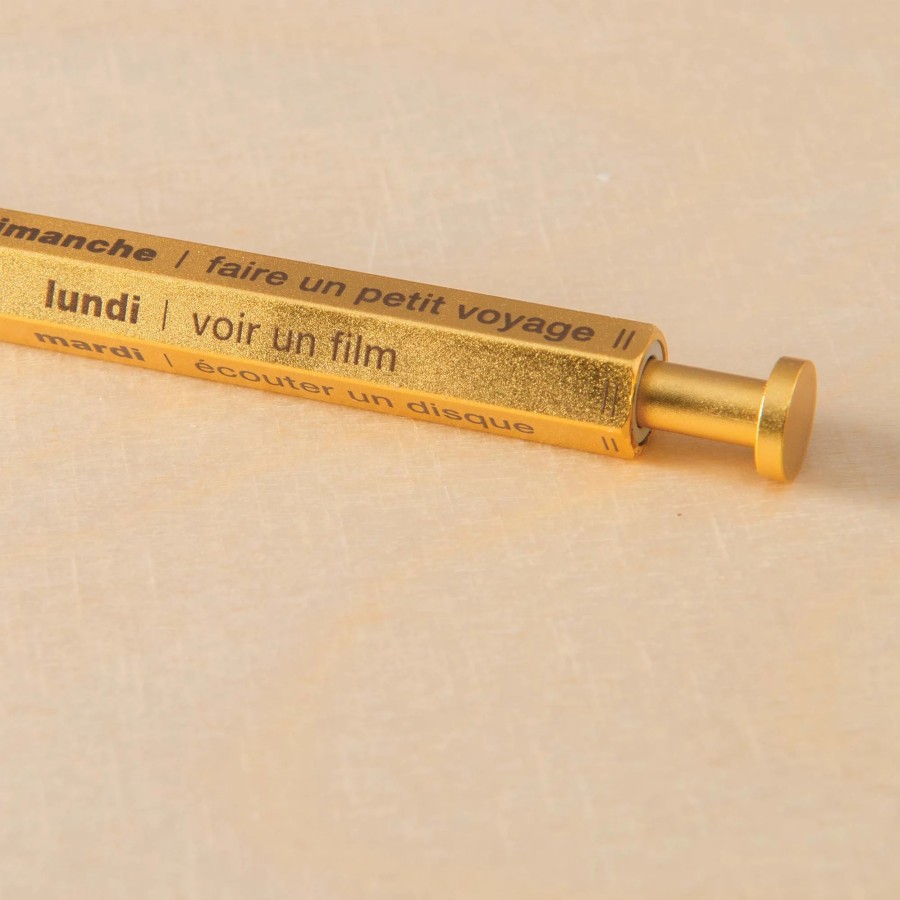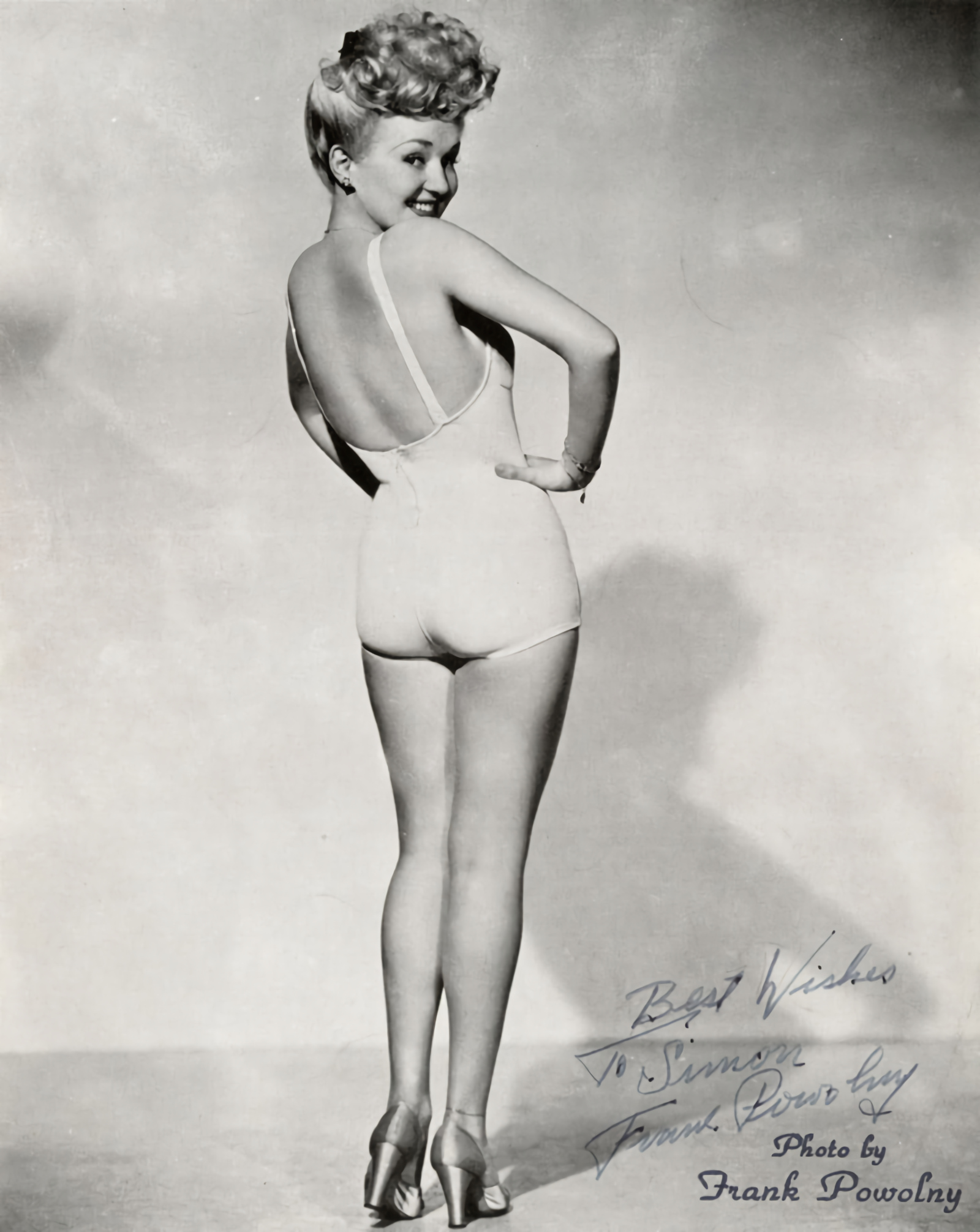
film star Betty Grable’s legs were insured for $1 million!
Hosiery (from the Old English word hosen which means to ‘to cover’ includes tights and stockings and sometimes pop socks (these days only worn by sailors and majorettes!) Invented over 5000 years ago as ‘knitted socks’ to keep legs warm, they evolved into silk stockings, which Queen Elizabeth 1 would wear back in the late 1500s. In the 1940s, stockings were so popular that women would queue for hours to get their hands on a pair! Today hosiery is usually only popular with older people and ‘glamorous young people’ who like wearing high-heels. And of course some people also wear support stockings to encourage blood flow (more on that below).
do tights & stockings harm the planet?
In a word, yes. 8 billion pairs of tights are produced each year, mostly worn once and then just thrown in the bin. Tights are sold in various denier, which means thickness. 30 denier is the most common. But less thick hosiery also ladders freqeuntly, which is why there is much waste.
Most hosiery today is not made from silk (which usually involves boiling silkworms – even so-called ‘peace silk’ can sometimes leave silkworms to starve, once they chew their way out of cocoons). So instead nearly all brands are made from nylon (plastic) and even the ‘eco brands’ contain a little elastane (more plastic), so always launder in a microplastic catcher, to stop synthetic parts reaching the sea (securely bin what’s collected, to avoid it washing away at landfill, and going down drains).
Hēdoïne has created partly-biodegradable tights, that they say to bin (they will break down in around 5 years). They cost a little more but are designed not to ladder as much. Made in Italy, they are durable but not unbreakable (and may tear with ‘dog handshakes!’) You can send (any brand) old tights to them for recycling, to receive £10 credit on your next pair.
EcoOutfitters (which makes Teflon-free organic school uniforms) also offers black, white or grey knitted tights for children (or small people!) These tights are comfy and soft, with flat seams that are perfect for sensitive skin or people with eczema. Sold in several colours (black, white, brown, grey, navy and bottle green).
how to make hosiery last longer
- Remove jewellery before putting tights on, and keep fingernails and toenails smooth to avoid snags.
- Don’t ‘pull on’ tights like socks, gently roll up the leg (apply to dry moisturised legs).
- Wear socks on top of tights, if wearing shoes with zips.
- Wash hosiery by hand (or not with clothes with zippers in the machine). Do not use fabric conditioner, nor tumble dry.
- After washing, pre-stretch by placing one hand on the foot and the other on the top and gently pull. For snags, gently pull on both sides to make it disappear or reduce.
do you always need support hosiery?
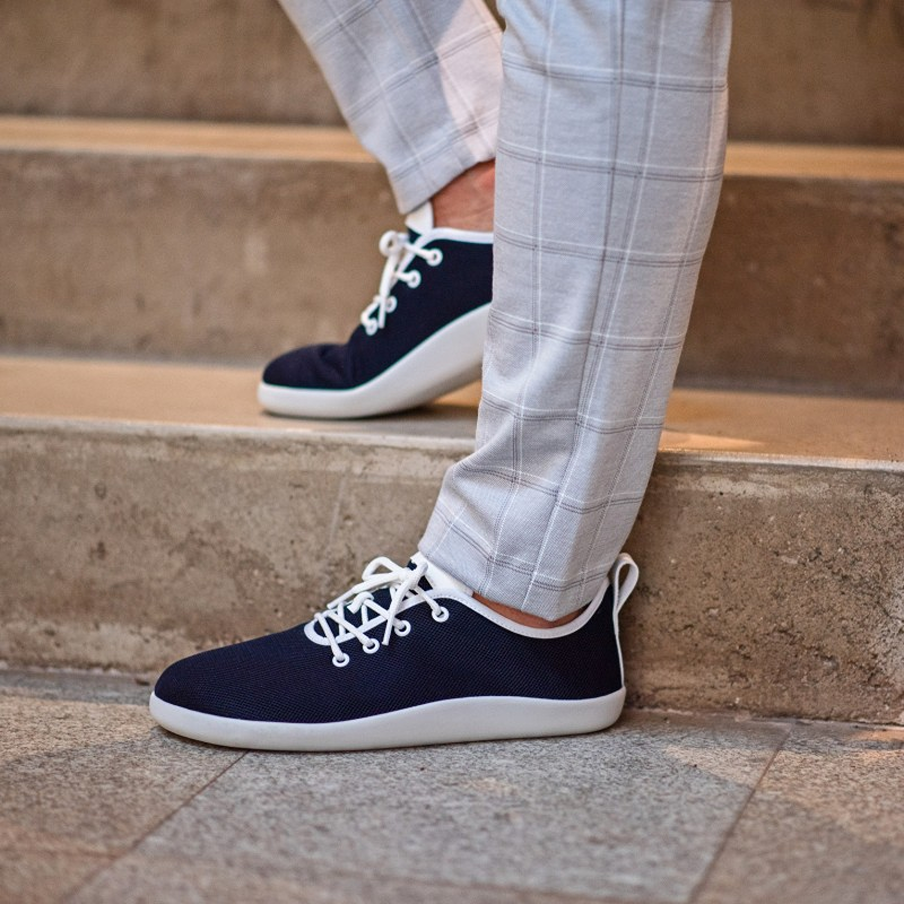
Proper support stockings are prescribed by doctors (and some people with artery disease should not wear them, ask your GP). Most people don’t need to wear the support socks sold in stores, these are simply made to ‘squeeze your legs’ slightly to encourage blood flow from the legs to your heart. But you can do this naturally in many ways:
- Wear comfortable shoes that exercise calf muscles. Ahinsa Shoes are super-comfy, made by physiotherapists. Ethically made in Eastern Europe.
- Walk often (each step causes calf muscles to squeeze blood to your heart). Exercise also reduces weight, to encourage good circulation. Drink water, eat well, give up smoking and excessive alcohol.
- If you stand all day (hairdressers etc), fly regularly or are confined to bed/wheelchairs, do foot/leg exercises to get blood pumping from legs to heart. Talk to your GP if you see brown areas or ulcers on feet or legs.
- A handful of Epsom salts (named after a town near London, sold in independent chemists) in the bath can help achy legs. Not for inflamed/infected skin, open wounds or burns).



